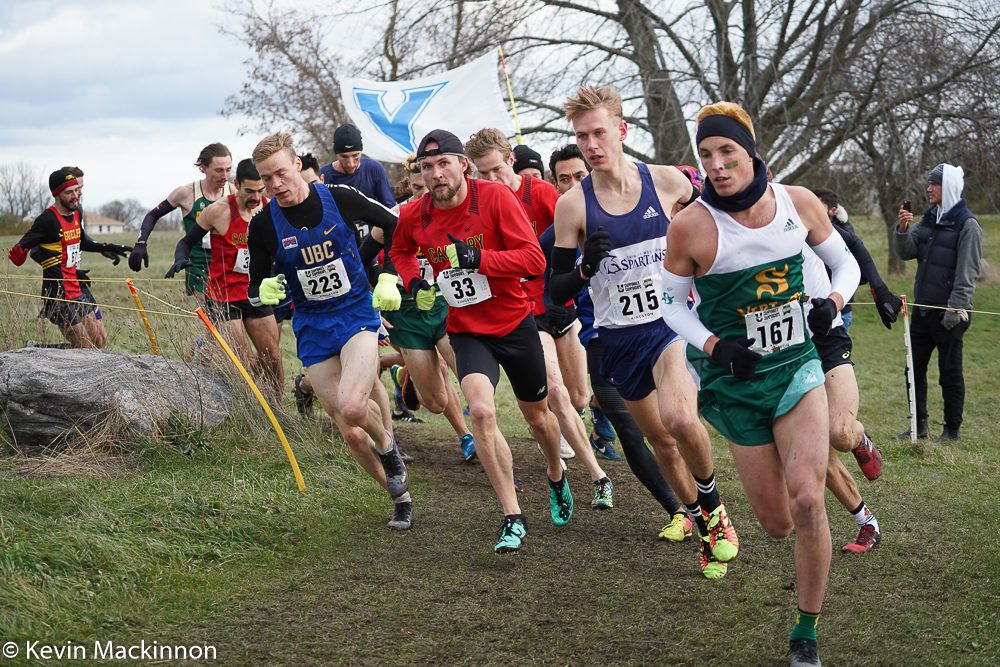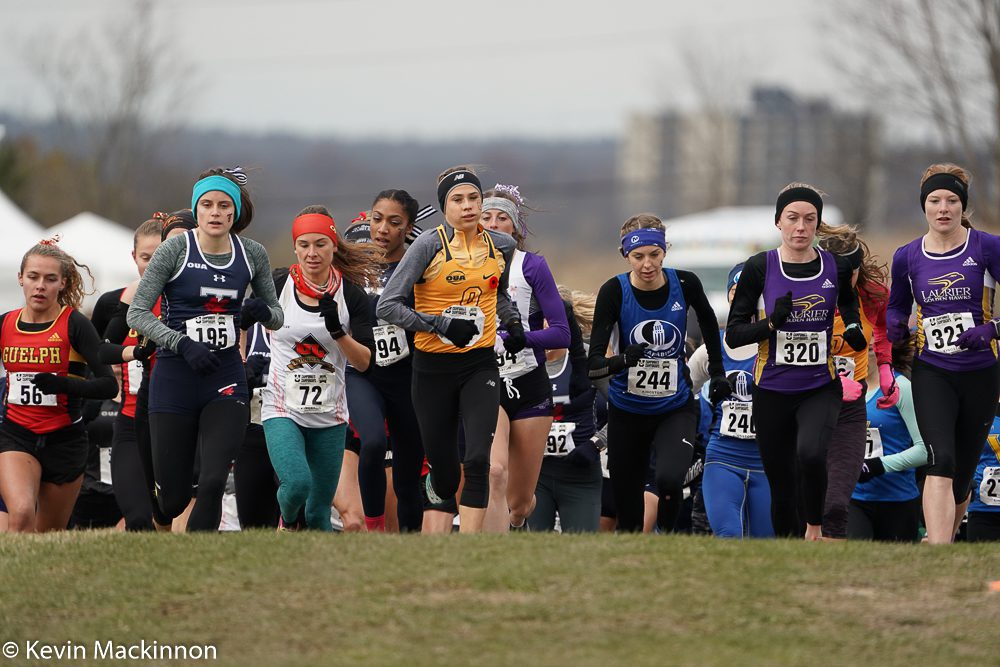How to support a runner through RED-S
Canadian coaches and health professionals are working to further the conversation about RED-S. Here are some of the updated best practices for parents, runners and coaches

As your training ramps up, your weight can easily fall, and if weight loss goes unnoticed, you may be at risk for RED-S, or relative energy deficiency in sport. RED-S is a product of inadequate nutrition, and though it sometimes goes unnoticed, it can cause serious damage and result in time away from the sport you love. If a runner you care about if showing signs of RED-S here are a few tips for helping them.

RELATED: Are you at risk for RED-S?
Prevention
Stress fractures are a whopping four-and-a-half times more common in athletes suffering from RED-S, which means stopping RED-S before it starts is ideal. Terry Radchenko is a middle distance coach at the University of Toronto who attended the B2ten RED-S workshop in Montreal in November. There, leading professionals in the medical and sporting fields worked together to better understand the condition.
Radchenko said his most important takeaway was the importance of coach-athlete communication and education on best practices. “This includes beginning of the year health questionnaires administered by team doctors and ongoing resources through the year to check in and make sure our runners are doing well. The more information you have, the easier it is as a coach to know if your athletes are happy and healthy. And that starts with open communication and providing resources for athletes.”

Diagnosis
The main risk factors of RED-S according to B2ten include: chronic dietary restriction and/or extreme dieting, a drive for thinness, significant changes in body weight or composition in short periods of time, training inconsistencies and/or constant fatigue, poor libido, amenorrhea, two or more career stress fractures, and low bone mineral density.
While some of these risk factors are hard to asses without performing tests, some aren’t. Be sure to watch for training inconsistencies, weight loss and fatigue in your runners and seek medical advice if you spot these signs.
RELATED: What to do if you think you have RED-S
A month ago about 30 key Canadian sport stakeholders got together to talk about the challenges and opportunities around Relative Energy Deficiency in Sport (REDS) #REDS sponsored by @B2ten – here are some of the key outputs – please circulate widely! https://t.co/qzfE8955me
— Trent Stellingwerff (@TStellingwerff) December 12, 2019
Treatment
Treating RED-S, depending on its severity, it a team effort of physicians, registered dietitians and psychologists. The group who attended the B2ten conference acknowledged that further development of referral networks for athletes is needed in Canada and are taking steps to ensure they get implemented.
One the best ways to treat RED-S is to help arm athletes with the ability to identify the condition and know how to protect themselves from those who perpetuate it. Unfortunately, in the running community, there has historically been an underlying theme that thinner means faster. But with more education on RED-S for athletes and coaches, hopefully this will become an ethos of the past.


